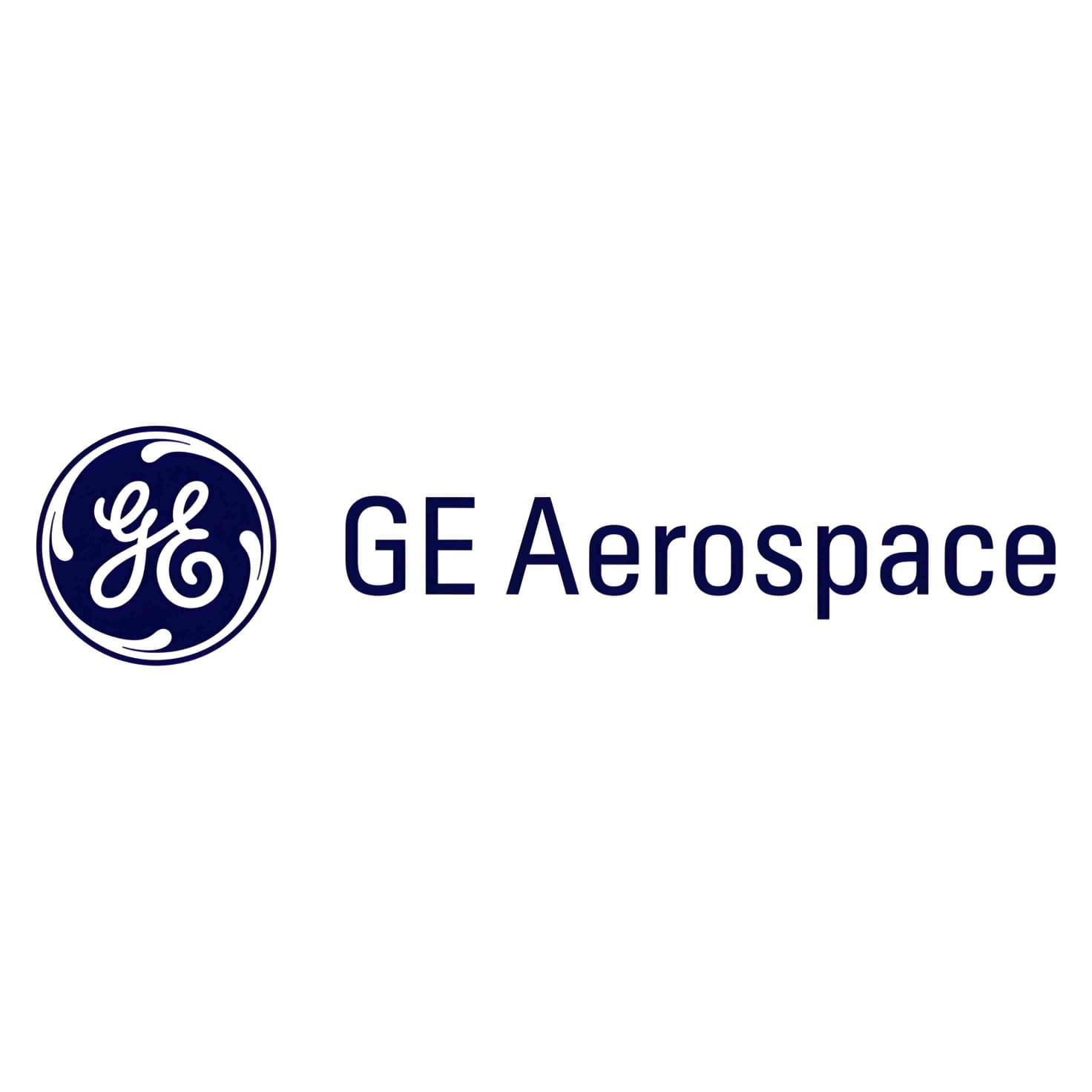
Lets get started finding your next job :]

GE Aerospace

Airline ± 60,000
Website +1 513-552-3272 email
Job Openings +57
AI Review
Match CV
Trajectory
-
In Bengaluru, KarnatakaAdvanced Lead Engineer - GEnx Hot Section
-
In Bengaluru, KarnatakaAdvanced Lead Engineer - Structures
-
In IstanbulAdvanced Lead Materials Application Engineer - Hybrid
- Advanced Lead – SiC/GaN Power Module Packaging Engineer
-
In Veresegyház, PestAerospace NPI Engineer
-
In Subang, SelangorAircraft Engine Machinist - VGM, HSG, VTL
-
In Bengaluru, KarnatakaAzure Applications Manager
-
In Beavercreek, Ohio,Business Leader
-
In Veresegyhaz, PestCalibration Technician
- CNC Brusič
-
In Suzhou, JiangsuCNC Machinist
-
In Central SingaporeComponent Repair Technician (Machining)
-
In Central SingaporeComponent Repair Technician (NDT)
-
In Veresegyhaz, PestComposite operator
-
In ToyamaFulfillment Production Control Leader
-
In Niskayuna, New YorkGE Aerospace Research - 2026 Edison Program Internship
-
In Veresegyház, PestGEA_Hero_1920x700_Jobs_solidbkgrd Aerospace NPI Engineer
-
In Veresegyhaz, PestHeat treat operator
-
In Saint-Eustache, QuebecHSE Coordinator
-
In Bohemia, New York, Rockl......Hypersonic Design Engineer
-
In Norwich, New YorkInspector 3 (Sensors)-2nd Shift
-
In Norwich, New YorkInspector 3 (Space)
-
In Norwich, New YorkInspector 3 (Switches)
-
In Gloucester, Gloucestersh......Lead Carbon Composites Manufacturing Engineer
-
In Bohemia, New York Rockle......Lead Engineer - Aerodynamics
-
In Bengaluru, KarnatakaLead Engineer - Mechanical Analysis
-
In Bengaluru, KarnatakaLead Engineer - Mechanical Component
-
In Bengaluru, KarnatakaLead Engineer - Product Definition
-
In Central SingaporeLead Manufacturing Specialist - Production Supervision
-
In Subang, SelangorLead Powerplant Engineer
- Lead Production Supervisor
-
In Subang, SelangorLogistics Specialist
-
In Central SingaporeManufacturing Specialist - Production Supervision
-
In Bromont, QuebecMechanical Designer - Regular
-
In Veresegyhaz, PestMechanical Laboratory Technician
-
In Delhi,On Site Service Specialist/ Field Service Engineer
-
In Suzhou, JiangsuOperator
-
In Veresegyhaz, PestPlasma operator
-
In Bromont, QuebecProduction Employee - Contract (12 to 18 months)
-
In Subang, SelangorProduction Support Leader
-
In Suzhou, JiangsuQuality System Engineer
-
In West Chester, Ohio, Even......Senior Engineer- Cost and Value Engineering
-
In Central SingaporeSenior ERP Analyst
-
In Taoyuan CitySenior Inspection Special Process Engineer
-
In Bromont, QuebecSenior Programmer
-
In Rivalta di Torino, Torin......Sourcing value analysis engineer
- Sr Staff Data Scientist
-
In Jacksonville, Florida, N......Staff Application Operations Engineer
- Staff Data Scientist
- Staff Enterprise Architect
- Staff Enterprise Architect
-
In Bohemia, New York, Rock......Structural and Thermal Senior Analysis Engineer
-
In Rutland, VermontTool Design Leader
-
In Central SingaporeTrainee Component Repair Technician (NDT)
-
In Central SingaporeTrainee Component Repair Technician (V&D Inspector)
-
In Central SingaporeTrainee Component Repair Technician (Welding)
- Vacuum Furnace Operator 2 (Vacuum Braze) 2nd Shift
GE Aerospace is headquatered at 1 Neumann Way, Evendale, Ohio 45215, USA